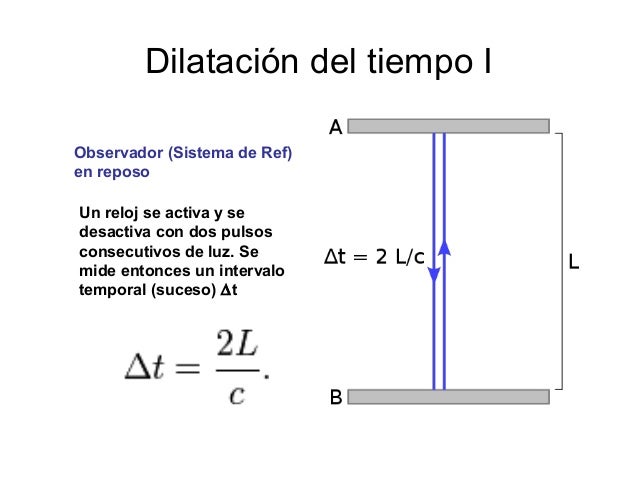

Also associated with the program were decreased ED LOS, LWBS rate, and ambulance diversion, as well as increased patient satisfaction. ConclusionsĪ leadership-based program to reduce admit wait times and boarding times was associated with a significant increase in the percentage of patients admitted to the hospital within 60 minutes and a significant decrease in boarding time. Patient satisfaction increased 4.9 percentage points (95% CI = 3.8 to 6.0 points p < 0.0001). ResultsĪfter ED census, hospital admission rates, and ED bed capacity were controlled for using a multivariable linear regression analysis, the admit wait time reduction program contributed to an increase in patients being admitted to the hospital within 60 minutes by 16 percentage points (95% confidence intervals = 10 to 22 points p < 0.0001) and a decrease in boarding time per admission of 46 minutes (95% CI = 63 to 82 minutes p < 0.0001). LOS, patient satisfaction, LWBS rate, and ambulance diversion hours were also measured.

The primary outcome measures were the percentage of ED patients who were admitted to inpatient beds within 60 minutes from the time the beds were requested and ED boarding time. Top leadership actively intervened in real time by contacting staff whenever delays occurred to expedite immediate solutions to achieve the 60-minute goal. The team collaboratively and consistently moved ED patients to their inpatient beds within an established goal of 60 minutes after an admission decision was reached. A team of ED and hospital leaders implemented a program to reduce admit wait times, using a computerized hospital-wide tracking system to monitor inpatient and ED bed status.

This before-and-after observational study was undertaken from 2006 through 2011 at one community hospital ED. The objective was to assess the effect of a leadership-based program to expedite hospital admissions from the ED. This is associated with decreased quality of care, higher morbidity and mortality, decreased patient satisfaction, increased costs for care, ambulance diversion, higher numbers of patients who leave without being seen (LWBS), and delayed care with longer lengths of stay (LOS) for other ED patients. Prolonged admit wait times in the emergency department (ED) for patients who require hospitalization lead to increased boarding time in the ED, a significant cause of ED congestion.


 0 kommentar(er)
0 kommentar(er)
